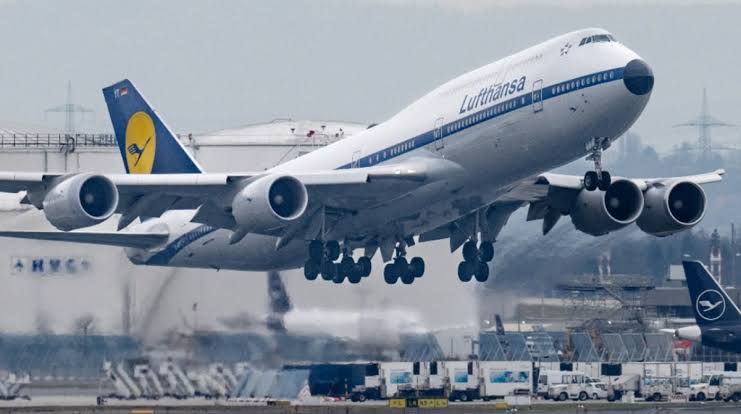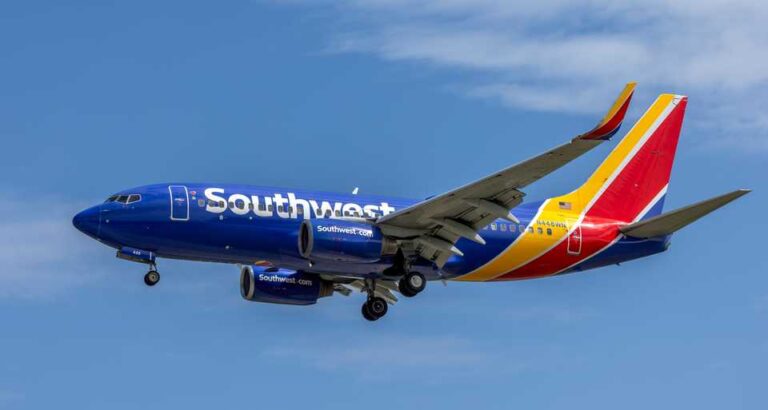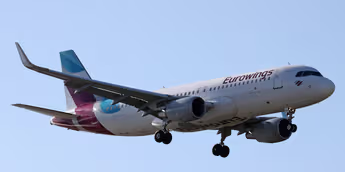Lufthansa Airlines Flight with Over 166 passenger Rolls Off Runway
Lufthansa, Germany’s flagship airline, has a storied history marked by both commendable achievements and notable incidents. One such event that stands out is the runway overrun of Lufthansa Flight 2904 in 1993. This article delves into the details of that fateful flight, examining the sequence of events, contributing factors, and the subsequent impact on aviation safety protocols.
Flight Overview
On September 14, 1993, Lufthansa Flight 2904, an Airbus A320-200 registered as D-AIPN, was scheduled to operate a routine service from Frankfurt International Airport (FRA) in Germany to Warsaw Chopin Airport (WAW) in Poland. The aircraft was relatively young, having been in service for just three years. Onboard were 64 passengers and six crew members, all unaware of the challenges that awaited them upon arrival in Warsaw.
Approach and Landing
As Flight 2904 approached Warsaw, the crew received outdated weather information indicating the presence of wind shear on Runway 11. In response, the pilots opted to increase their landing speed by 20 knots and planned to land with a slight right bank to counteract the anticipated crosswinds. Unbeknownst to them, weather conditions had shifted, resulting in a tailwind of approximately 20 knots at the time of landing. This change led to the aircraft touching down at a higher speed of 170 knots.
Runway Overrun
The combination of the increased landing speed and the unexpected tailwind caused the aircraft to touch down further along the runway than intended. Complicating matters, the Airbus A320’s automated systems, designed to deploy spoilers and engage reverse thrust only when certain conditions are met, delayed these critical braking actions. Specifically, the systems required sufficient load on both main landing gear struts or a wheel speed exceeding 72 knots to activate. Due to the aircraft’s inclined landing and potential hydroplaning on the wet runway, these conditions were not immediately satisfied. As a result, the braking systems were activated too late to prevent the overrun.
Impact and Casualties
Realizing the imminent overrun and the obstacle beyond the runway’s end, the captain attempted to steer the aircraft to the right. Despite these efforts, Flight 2904 departed the runway at a speed of 72 knots, traveled approximately 90 meters, and collided with an embankment and a localizer antenna. The impact ignited a fire in the left wing area, which subsequently spread to the passenger cabin. Tragically, two individuals lost their lives: the training captain seated in the right seat, who died on impact, and a passenger who succumbed to smoke inhalation after losing consciousness. Additionally, 51 occupants sustained serious injuries.
Investigation Findings
The investigation, led by the Main Commission Aircraft Accident Investigation in Warsaw, identified several contributing factors to the accident:
1. Outdated Weather Information: The crew’s decisions were based on weather reports that did not reflect the current conditions, leading to misjudgments during the approach and landing phases.
2. Automated System Limitations: The Airbus A320’s design required specific conditions to be met before deploying spoilers and engaging reverse thrust. The delayed activation of these systems hindered the aircraft’s ability to decelerate effectively on the wet runway.
3. Hydroplaning: The






